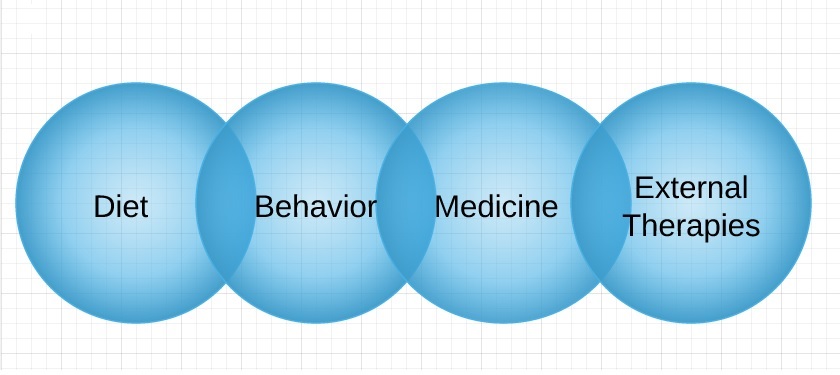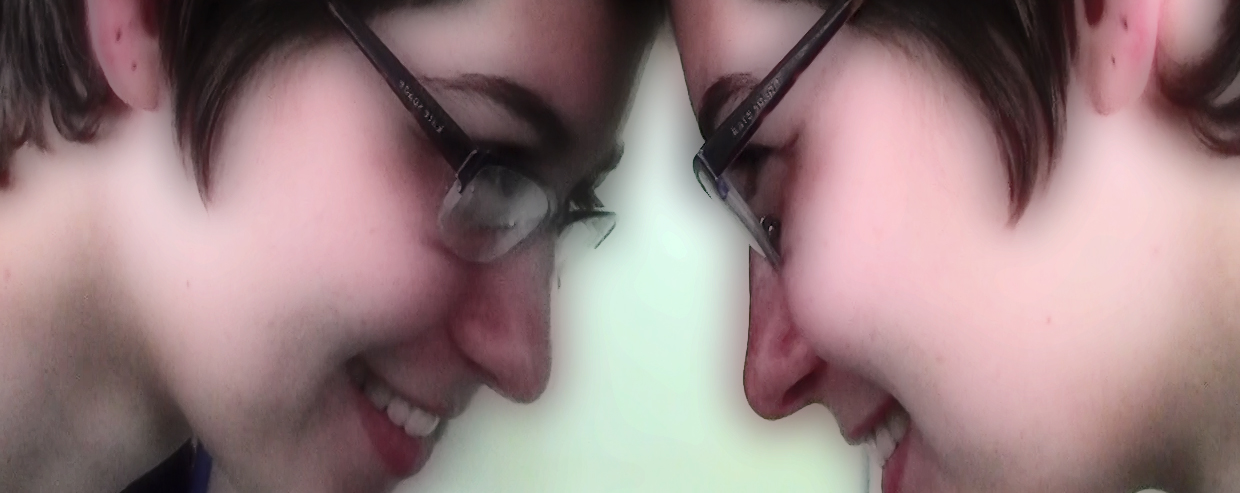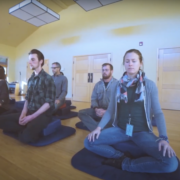Stay In The Canoe And Paddle
by Harville Hendrix Ph.D. and Helen LaKelly Hunt Ph.D
The question we are asked most often is: “what do you do if your partner doesn’t…..(do any imaginable thing!) or “what if you are married to someone who is…..(any imaginable bad trait or behavior).” In the past we have responded to these questions with answers addressed to the specifics. As we have listened to my answers, we found that whatever specifics we responded to, the pattern was always the same. The answer was “stay in the process.”
So what is the process? It is IMAGO DIALOGUE.
There are no enlightened answers to any question or clever solutions to any problem. Questions and problems are all functions of “process breakdown.” Partners stop listening and become defensive. Polarization occurs and the impasse is strengthened. The only way out of this quagmire is the Imago Dialogue process with its three parts: mirroring, validating and empathy.
The process of Imago Dialogue is something like a canoe on a lake. Two people are paddling, one in the back and one in the front. They have their strokes coordinated and are gliding smoothly over the lake. The wind comes up. What do you do? Keep paddling. If one stops, the canoe will turn sideways to the wind and possibly tip over. The waves get higher. What do you do? Turn into the waves and keep paddling, using the smooth strokes you used before the turbulence arose. If one stops paddling or comments on how the other is paddling, the canoe will turn sideways into the wave and probably flip over. Both paddlers will get wet. This is a metaphor of most fights. However, if both persons keep paddling just as they did when the lake was placid, but with the added effort needed because of the wind and the wave, they will keep the canoe afloat and probably stay dry. The moral of this image is “keep paddling and stay in the canoe, no matter what comes up.”
Whatever comes up in a relationship should be responded to with the Imago Dialogue process. If your partner criticizes you, mirror back. If she expresses a frustration, mirror it back. If there is a discharge of anger, mirror it back. When he is talking about his work, mirror it back. When she is talking about advancing her career, mirror it back. If you do that, no matter what comes up, you will stay out of the power struggle and avoid the impasse.
The ideal situation is this: Imago Dialogue is used ALL the time, so that when the storms come, the skill is honed and keeps you from tipping the canoe into the lake and getting wet. If that is not the case, the rule is this: whenever any tension appears in a conversation or an exchange, the receiving partner mirrors. An accurate paraphrase will de-energize the sending partner, contain the situation and lead to bonding rather than polarization.
But Imago Dialogue is more than mirroring. It includes validation. Validation means that you mirror until you hear the “sense” your partner is making. After you mirror a response, ask “is there is more.” When your partner responds with “more,” mirror and ask “is there more again.” Keep this up until your partner says, “No, that is all.” If you have listened carefully, your partner will have “made sense.” You will “understand” his/her point of view, even though you may disagree with it.
Agreement, in fact, is not a requirement of validation or understanding. The truth is that disagreement is the norm, for most of us, because we all live in an idiosyncratic world, our own unique universe, which no one else shares. Understanding and validation, however, is a requirement. All “inner worlds” make sense, each of us has our own logic, and we appear sane if we get to finish our point.
But more to the point. Until validation occurs, we are not relating to our partner. We are relating to our image of our partner, thus to ourselves. Our partner is an object, an extension of ourselves, until we ACKNOWLEDGE their “sense,” ACCEPT their reality and make it o.k. When we deflect our partners, reject their logic, tell them they make no sense, or “I can’t imagine you think that,” we are “symbiotic” with them. We have fused them with ourselves and we inflict pain upon them to get them to surrender their reality and accept ours. Symbiosis is the feeling that “we are one and I am the one.” Validation transforms our partner from an object into a subject. Then, and only then, are we “in relationship” with someone other than ourselves. We are no longer symbiotic.
To make validation easier, after you have asked your partner several times, “is there more?” then ask then what their frustration with you reminds them of from their childhood. If the frustration is repetitive, it will always have roots in childhood. Your partner should be encouraged to say, “when that happened as a child, I felt the way I feel now…(elaborate that). Stay with this until the childhood feeling has been explored. Then you will find it easy to “see your partner’s point of view.”
After validation you should express empathy. Empathy is an attempt to acknowledge the “feeling” your partner is experiencing along with the content of what s/he is saying. It is an attempt to enter into the “world of the other” and experience it, at some level, as the other (your partner) is experiencing it. If the feelings are obvious, you should acknowledge them. If they are not obvious, then you should “imagine” them, and check with your partner to see if you “got it right.”
Empathy is the most powerful bonding experience you can have. It restores the experience of connectedness and union, overcoming the “illusion of separation.” The experience of connectedness is the goal of the process. This is difficult for most of us, since in childhood, empathy was lost because of the emotional pain of frustration or abuse. Pain turned our attention inward, and we became self-absorbed. This is the single deepest tragedy of life–the loss of empathy and the emergence of self-absorption. With the loss of empathy, we experience ourselves disconnected from others and from the world. We live in the illusion of separation. The restoration of empathy is essential in any relationship and should be the goal of every couple.
If you stay in the process, you will get to empathy, and then your problems will dissolve and the issues will disappear. They are all a consequence of “the illusion of separation.”
The process is the solution to everything in a relationship. If you are in the process, when your partner mentions a childhood feeling, you will “hold him/her” or do a parent-child dialogue. If your partner expresses a frustration, you will do a behavior change request. If your partner wants to be valued, you will do a caring behavior or a surprise or flood them with positive appreciation. They are all variant uses of the process. With repeated use over time, your relationship will change from dangerous to safe, and then you will have the relationship of your dreams.
So, whatever happens, whatever comes up between you and your partner, STAY IN THE CANOE AND PADDLE!
We had a great time interviewing Helen and Harville and learning what we can expect from their upcoming Online Retreat – we invite you to get to know this dynamic duo a bit more here.
About the Authors:
 Harville Hendrix, Ph.D. and Helen LaKelly Hunt, Ph.D
Harville Hendrix, Ph.D. and Helen LaKelly Hunt, Ph.D
Harville Hendrix, Ph.D. and Helen LaKelly Hunt, Ph.D. are co-creators of Imago Relationship Therapy and a social movement called Safe Conversations. Internationally-respected as



 Harville Hendrix, Ph.D. and Helen LaKelly Hunt, Ph.D
Harville Hendrix, Ph.D. and Helen LaKelly Hunt, Ph.D






